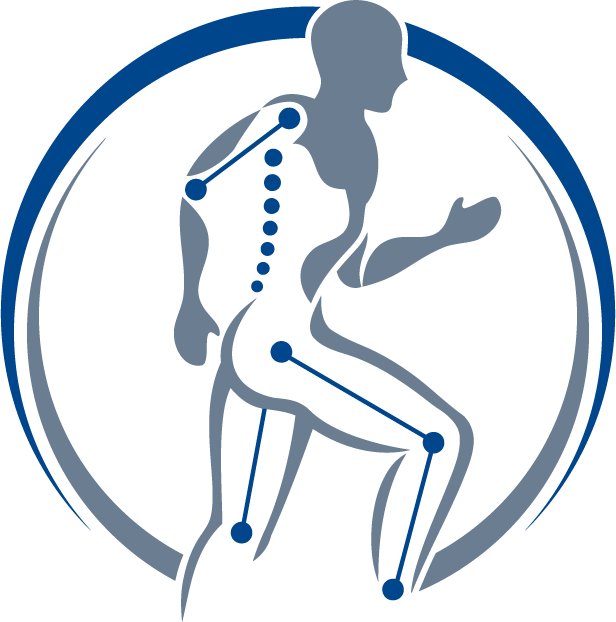Running biomechanics: Indication of ITB Stiffness
Iliotibial band (ITB) friction syndrome (a common cause of knee pain) is the second most common injury afflicting runners - second to patellofemoral pain syndrome, another type of knee pain. In runners, the ITB can become tight due to overuse of the tensor fasciae latae (TFL) muscle that attaches into it and insufficient use of other hip flexors. While sometimes it is difficult to self assess and identify if your TFL/ITB complex is tight relative to the rest of the hip flexors, there is one sign present in running that is a clear indicator of TFL tension and overuse. This is tibial lateral rotation during swing phase of running.
See the photos above and notice how the foot on the right side (with the red line) points out to the side, while the left foot is nearly vertical. The ITB runs down the side of the leg and attaches to the lower leg just below the knee joint. When the band is tight it creates a rotation between the knee joint surfaces during swing as the leg is both behind the body and moving forward. This rotation at the knee joint causes the foot to turn out to the side. When the hip flexors are balanced, and the gluteals are working well for stability, this pattern disappears.
In general, the tibial lateral rotation pattern alone is unlikely to result in injury. Generally we see this tibial rotation associated with other movement errors at the hip joint, pelvis or feet. While not something to cause concern, it is easy to identify with your running partner or use of your smart phone for self assessment. This pattern changes quickly during a course of treatment as a result of improving hip flexor and extensor muscle balance, strength and length.
Like other biomechanical faults in gait, there can be multiple reasons a runner exhibits tibial lateral rotation, particularly if there is a history of chronic hamstring tendinopathy or bone structure variations. When we see this movement pattern in the clinic, it is most commonly a result of TFL/ITB tightness and resolves with addressing this deficit. If you would like to learn more about common ITB stretching mistakes or other running gait gluteal weakness compensation patterns that may be paired with tibial lateral rotation, please consider reading these articles.
If you have specific questions about aspects of your running gait, or aches and pains that just won't go away, please contact us. We can help you identify the root cause of your running challenge, whether it is biomechanics, strength/ range of motion imbalances, training errors or a combination.
To your movement health,
Ann & Jesse
This blog is not intended as medical or professional advice. The information provided is for educational purposes only and is not intended to serve as medical or physical therapy advice to any individual. Any exercise has potential to cause injury or pain if it is incorrectly done or is not the right exercise for an individual’s medical or physical problems. You should consult with a physical therapist or medical provider for individualized advice.


